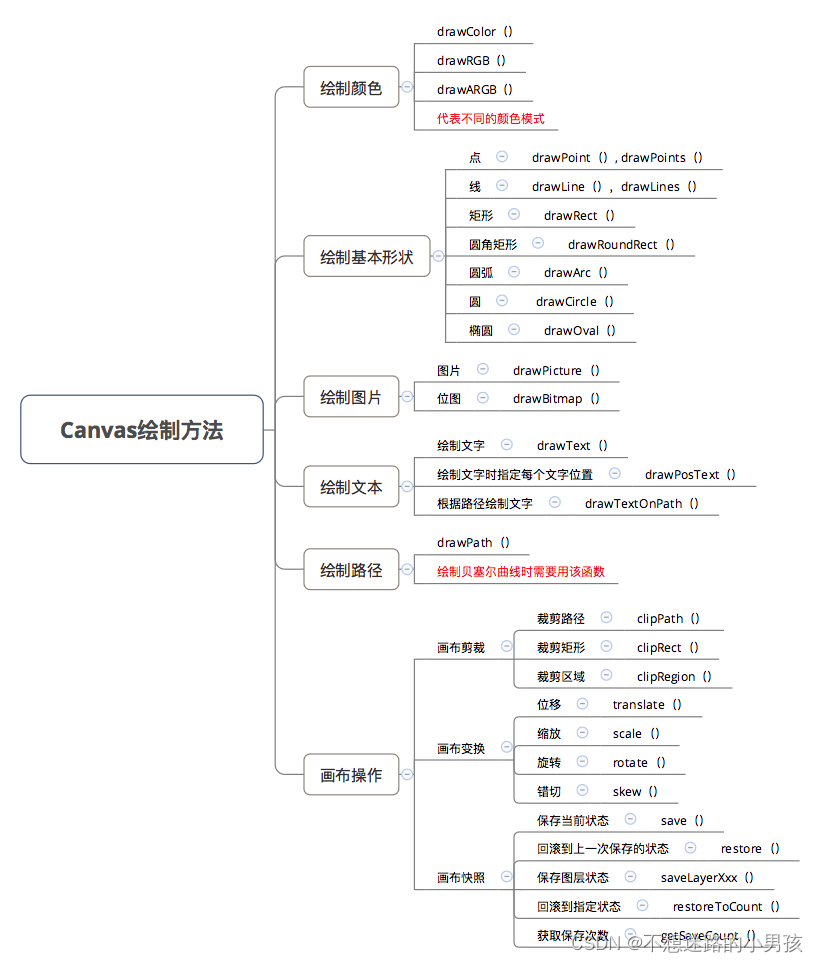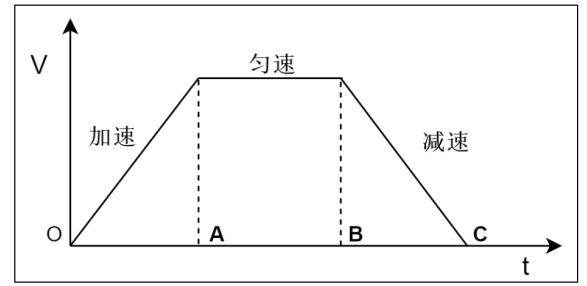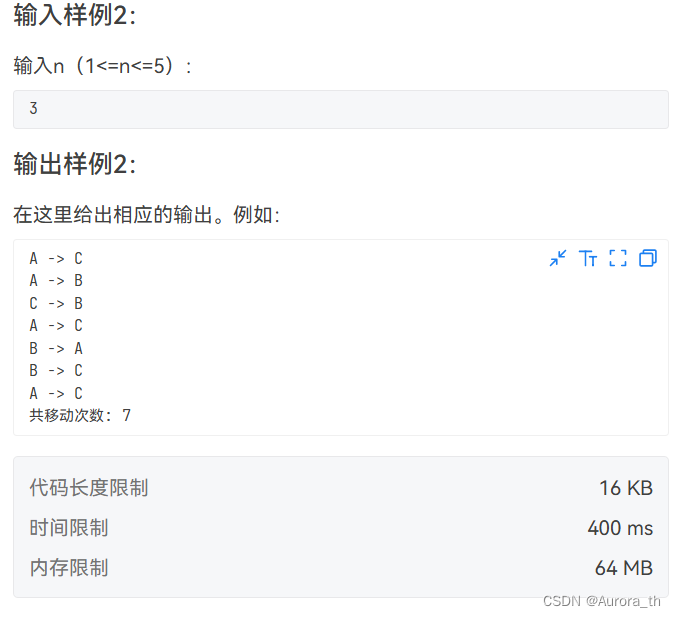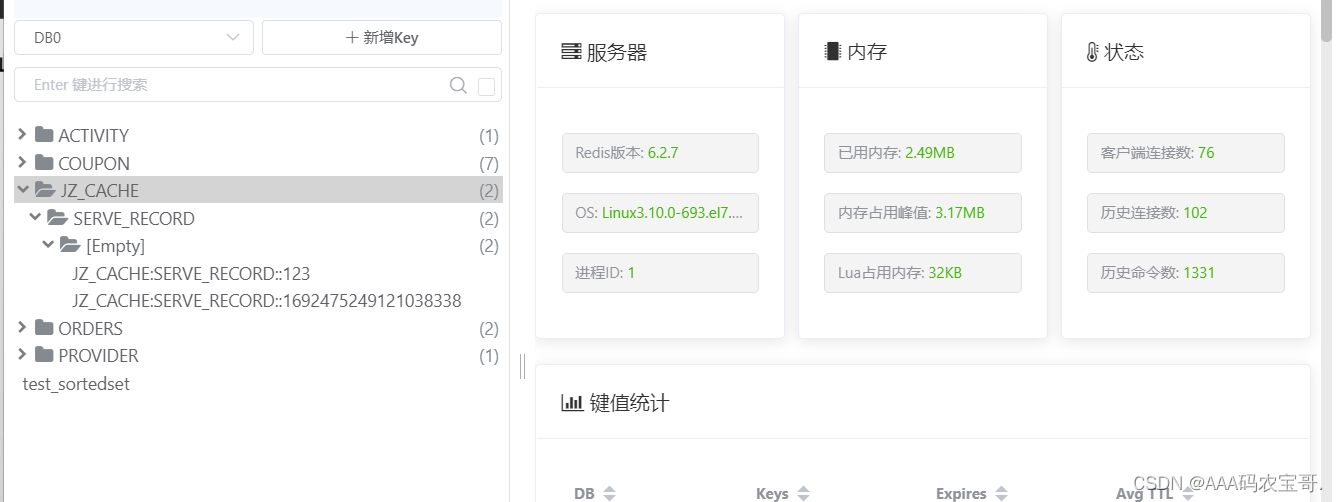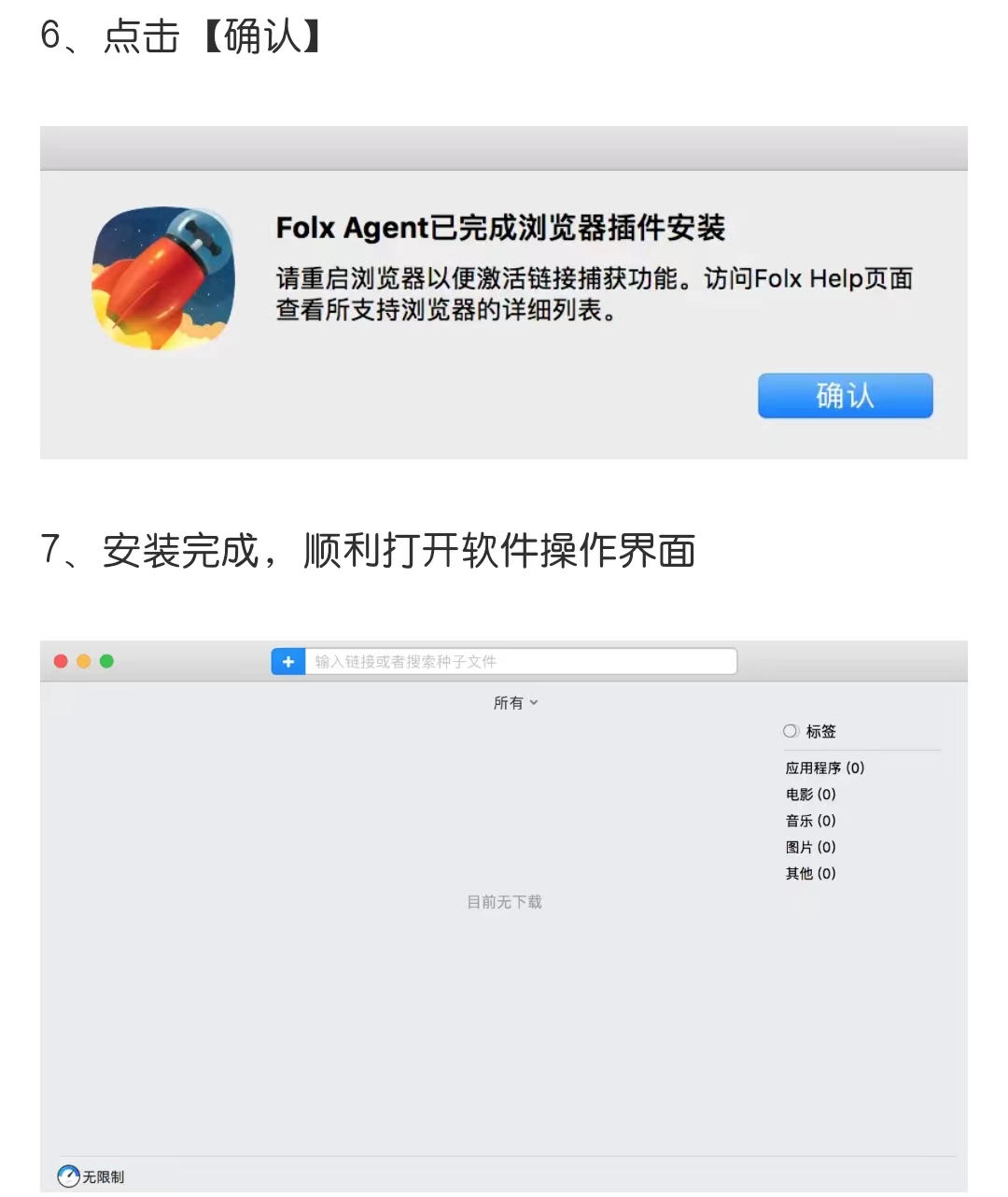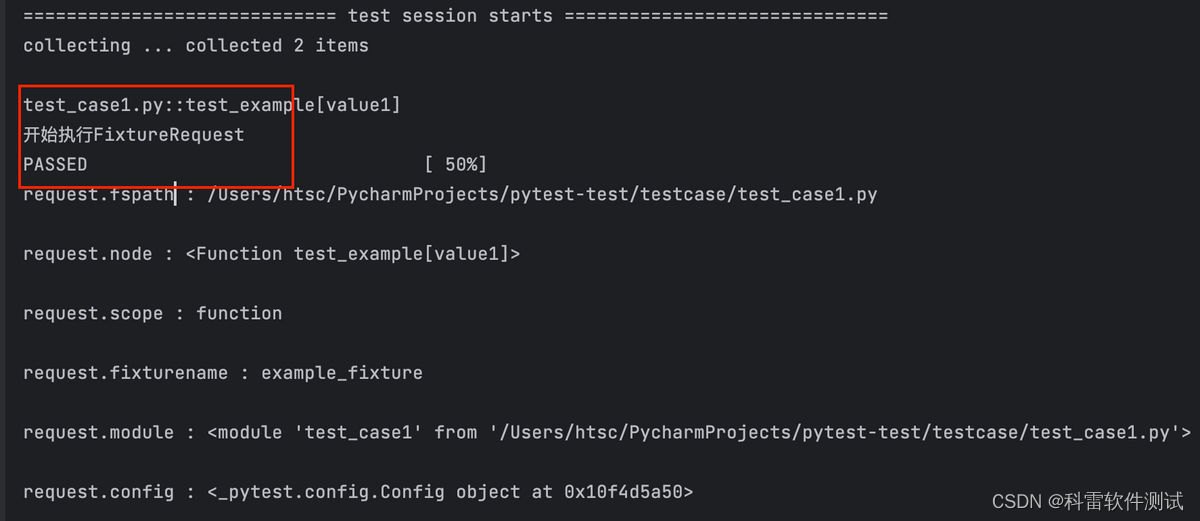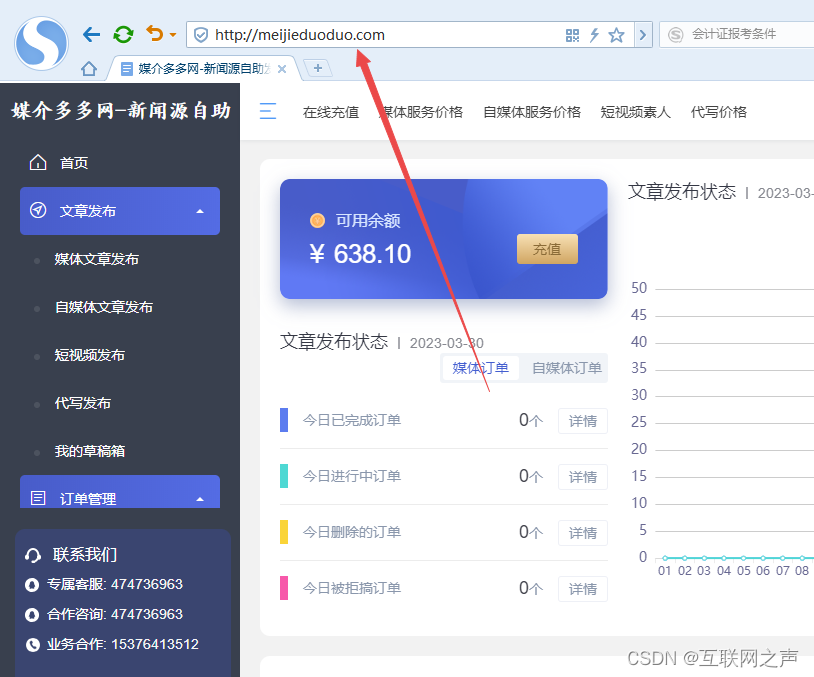1.问题引入
在Android开发中,
1)Framework中PackageManager扫包后,会把app归类为SYSTEM, SYSTEM_EXT, PRIVILEGED 类别.
2)同样的, SeAndroid也会把APP归类程platform_app, system_app, untrusted_app(甚至还有其他,mediaprovider,gmscore_app).
flag SYSTEM和system_app我们都称之为系统app.
但是他们不是同一个概念的"系统app".
2.PackageSettings flag SYSTEM
dumpsys package com.android.systemui为例, 输出如下:
Packages:
Package [com.android.systemui] (d6f33bf):
appId=10187
sharedUser=SharedUserSetting{4058ad4 android.uid.systemui/10187}
pkg=Package{aa0e47d com.android.systemui}
codePath=/system_ext/priv-app/SystemUI
resourcePath=/system_ext/priv-app/SystemUI
legacyNativeLibraryDir=/system_ext/priv-app/SystemUI/lib
extractNativeLibs=true
primaryCpuAbi=arm64-v8a
secondaryCpuAbi=null
cpuAbiOverride=null
versionCode=1410014 minSdk=33 targetSdk=34
minExtensionVersions=[]
versionName=14.00.14
usesNonSdkApi=false
splits=[base]
apkSigningVersion=3
flags=[ SYSTEM HAS_CODE PERSISTENT ]
privateFlags=[ PRIVATE_FLAG_ACTIVITIES_RESIZE_MODE_RESIZEABLE_VIA_SDK_VERSION ALLOW_AUDIO_PLAYBACK_CAPTURE DEFAULT_TO_DEVICE_PROTECTED_STORAGE DIRECT_BOOT_AWARE PARTIALLY_DIRECT_BOOT_AWARE PRIVILEGED SYSTEM_EXT PRIVATE_FLAG_ALLOW_NATIVE_HEAP_POINTER_TAGGING ]
forceQueryable=false
根据输出可以看到两个重要的flag,分别为flags和privateFlags.其中flags其中标签为SYSTEM和PERSISTENT, 而privateFlags其中两个输出为PRIVILEGED/SYSTEM_EXT.
对应的输出代码如下:
@NeverCompile // Avoid size overhead of debugging code.
void dumpPackageLPr(PrintWriter pw, String prefix, String checkinTag,
ArraySet<String> permissionNames, PackageSetting ps,
LegacyPermissionState permissionsState, SimpleDateFormat sdf, Date date,
List<UserInfo> users, boolean dumpAll, boolean dumpAllComponents) {
AndroidPackage pkg = ps.getPkg();
// 省略好多
if (pkg != null) {
pw.print(prefix); pw.print(" versionName="); pw.println(pkg.getVersionName());
pw.print(prefix); pw.print(" usesNonSdkApi="); pw.println(pkg.isUsesNonSdkApi());
pw.print(prefix); pw.print(" splits="); dumpSplitNames(pw, pkg); pw.println();
final int apkSigningVersion = pkg.getSigningDetails().getSignatureSchemeVersion();
pw.print(prefix); pw.print(" apkSigningVersion="); pw.println(apkSigningVersion);
pw.print(prefix); pw.print(" flags=");
printFlags(pw, PackageInfoUtils.appInfoFlags(pkg, ps), FLAG_DUMP_SPEC); pw.println();
int privateFlags = PackageInfoUtils.appInfoPrivateFlags(pkg, ps);
if (privateFlags != 0) {
pw.print(prefix); pw.print(" privateFlags="); printFlags(pw,
privateFlags, PRIVATE_FLAG_DUMP_SPEC); pw.println();
}
if (pkg.hasPreserveLegacyExternalStorage()) {
pw.print(prefix); pw.print(" hasPreserveLegacyExternalStorage=true");
pw.println();
}
pw.print(prefix); pw.print(" forceQueryable=");
pw.print(ps.getPkg().isForceQueryable());
if (ps.isForceQueryableOverride()) {
pw.print(" (override=true)");
}
static void printFlags(PrintWriter pw, int val, Object[] spec) {
pw.print("[ ");
for (int i=0; i<spec.length; i+=2) {
int mask = (Integer)spec[i];
if ((val & mask) != 0) {
pw.print(spec[i+1]);
pw.print(" ");
}
}
pw.print("]");
}
从上可知是PackageManagerService扫包解析后缓存在PackageSettings中的相关状态值记录,用于区分各类APP.
- FLAG_DUMP_SPEC

- PRIVATE_FLAG_DUMP_SPEC

从上可知,输出来源于和这些flag与运算后转换成对应的字串输出.
再看ApplicationInfo中的定义:
[1] FLAG_SYSTEM

注意表述,只要是预装在System镜像里边的即表示该APP为SYSTEM APP.
再对照着下边几个FLAG来看,

发现如果APP预制在OEM/ VENDOR/PRODUCT/SYSTEM_EXT分区,都会分别别打上对应的PRIVATE_FLAG_DUMP_SPEC标签.
以我自用的Android14真机举例:
/product/app/Ether

/product/priv-app/OppoGallery2

/system_ext/app/OTA/OTA.apk

/vendor/overlay/WifiResTarget_mainline.apk

/data/app/OppoCompass2

从以上可知,在product/system_ext/system/vendor/oem分区的都带FLAG_SYSTEM. 而可卸载的/data分区的不带(即便是OPPO预装的).
oem的例子:
/oem/priv-app/SearchSelector

因此需要注意ApplicationInfo中的注释,一个是is installed in the device’s system image, 一个是is pre-installed on the xxx partition of the system image.
因此, 暂且可以简单理解为非data分区的都可以是SYSTEM app.
如果是自安装APP(安装在/data分区), 即使是平台签名,也不是FLAG_SYSTEM.

3.seAndroid system_app
Android 默认是回来其enforcing模式的. 规则中会把各类app分门别类,从而达到其对各分区资源的操作访问做权限管理.
http://aospxref.com/android-13.0.0_r3/xref/system/sepolicy/private/mac_permissions.xml
<?xml version="1.0" encoding="utf-8"?>
<policy>
<!--
* A signature is a hex encoded X.509 certificate or a tag defined in
keys.conf and is required for each signer tag. The signature can
either appear as a set of attached cert child tags or as an attribute.
* A signer tag must contain a seinfo tag XOR multiple package stanzas.
* Each signer/package tag is allowed to contain one seinfo tag. This tag
represents additional info that each app can use in setting a SELinux security
context on the eventual process as well as the apps data directory.
* seinfo assignments are made according to the following rules:
- Stanzas with package name refinements will be checked first.
- Stanzas w/o package name refinements will be checked second.
- The "default" seinfo label is automatically applied.
* valid stanzas can take one of the following forms:
// single cert protecting seinfo
<signer signature="@PLATFORM" >
<seinfo value="platform" />
</signer>
// multiple certs protecting seinfo (all contained certs must match)
<signer>
<cert signature="@PLATFORM1"/>
<cert signature="@PLATFORM2"/>
<seinfo value="platform" />
</signer>
// single cert protecting explicitly named app
<signer signature="@PLATFORM" >
<package name="com.android.foo">
<seinfo value="bar" />
</package>
</signer>
// multiple certs protecting explicitly named app (all certs must match)
<signer>
<cert signature="@PLATFORM1"/>
<cert signature="@PLATFORM2"/>
<package name="com.android.foo">
<seinfo value="bar" />
</package>
</signer>
-->
<!-- Platform dev key in AOSP -->
<signer signature="@PLATFORM" >
<seinfo value="platform" />
</signer>
<!-- Sdk Sandbox key -->
<signer signature="@SDK_SANDBOX" >
<seinfo value="sdk_sandbox" />
</signer>
<!-- Bluetooth key in AOSP -->
<signer signature="@BLUETOOTH" >
<seinfo value="bluetooth" />
</signer>
<!-- Media key in AOSP -->
<signer signature="@MEDIA" >
<seinfo value="media" />
</signer>
<signer signature="@NETWORK_STACK" >
<seinfo value="network_stack" />
</signer>
</policy>
以上定义了signer和seinfo之间的对应关系.
http://aospxref.com/android-13.0.0_r3/xref/system/sepolicy/private/seapp_contexts
关键部分:
user=_app seinfo=platform name=com.android.traceur domain=traceur_app type=app_data_file levelFrom=all
user=system seinfo=platform domain=system_app type=system_app_data_file
user=_app seinfo=platform domain=platform_app type=app_data_file levelFrom=user
user=_app isPrivApp=true domain=priv_app type=privapp_data_file levelFrom=user
user=_app isPrivApp=true name=com.google.android.providers.media.module domain=mediaprovider_app type=privapp_data_file levelFrom=all
全部内容如下:
# The entries in this file define how security contexts for apps are determined.
# Each entry lists input selectors, used to match the app, and outputs which are
# used to determine the security contexts for matching apps.
#
# Input selectors:
# isSystemServer (boolean)
# isEphemeralApp (boolean)
# user (string)
# seinfo (string)
# name (string)
# isPrivApp (boolean)
# minTargetSdkVersion (unsigned integer)
# fromRunAs (boolean)
#
# All specified input selectors in an entry must match (i.e. logical AND).
# An unspecified string or boolean selector with no default will match any
# value.
# A user, or name string selector that ends in * will perform a prefix
# match.
# String matching is case-insensitive.
# See external/selinux/libselinux/src/android/android_platform.c,
# seapp_context_lookup().
#
# isSystemServer=true only matches the system server.
# An unspecified isSystemServer defaults to false.
# isEphemeralApp=true will match apps marked by PackageManager as Ephemeral
# user=_app will match any regular app process.
# user=_isolated will match any isolated service process.
# user=_sdksandbox will match sdk sandbox process for an app.
# Other values of user are matched against the name associated with the process
# UID.
# seinfo= matches aginst the seinfo tag for the app, determined from
# mac_permissions.xml files.
# The ':' character is reserved and may not be used in seinfo.
# name= matches against the package name of the app.
# isPrivApp=true will only match for applications preinstalled in
# /system/priv-app.
# minTargetSdkVersion will match applications with a targetSdkVersion
# greater than or equal to the specified value. If unspecified,
# it has a default value of 0.
# fromRunAs=true means the process being labeled is started by run-as. Default
# is false.
#
# Precedence: entries are compared using the following rules, in the order shown
# (see external/selinux/libselinux/src/android/android_platform.c,
# seapp_context_cmp()).
# (1) isSystemServer=true before isSystemServer=false.
# (2) Specified isEphemeralApp= before unspecified isEphemeralApp=
# boolean.
# (3) Specified user= string before unspecified user= string;
# more specific user= string before less specific user= string.
# (4) Specified seinfo= string before unspecified seinfo= string.
# (5) Specified name= string before unspecified name= string;
# more specific name= string before less specific name= string.
# (6) Specified isPrivApp= before unspecified isPrivApp= boolean.
# (7) Higher value of minTargetSdkVersion= before lower value of
# minTargetSdkVersion= integer. Note that minTargetSdkVersion=
# defaults to 0 if unspecified.
# (8) fromRunAs=true before fromRunAs=false.
# (A fixed selector is more specific than a prefix, i.e. ending in *, and a
# longer prefix is more specific than a shorter prefix.)
# Apps are checked against entries in precedence order until the first match,
# regardless of their order in this file.
#
# Duplicate entries, i.e. with identical input selectors, are not allowed.
#
# Outputs:
# domain (string)
# type (string)
# levelFrom (string; one of none, all, app, or user)
# level (string)
#
# domain= determines the label to be used for the app process; entries
# without domain= are ignored for this purpose.
# type= specifies the label to be used for the app data directory; entries
# without type= are ignored for this purpose. The label specified must
# have the app_data_file_type attribute.
# levelFrom and level are used to determine the level (sensitivity + categories)
# for MLS/MCS.
# levelFrom=none omits the level.
# levelFrom=app determines the level from the process UID.
# levelFrom=user determines the level from the user ID.
# levelFrom=all determines the level from both UID and user ID.
#
# levelFrom=user is only supported for _app or _isolated UIDs.
# levelFrom=app or levelFrom=all is only supported for _app UIDs.
# level may be used to specify a fixed level for any UID.
#
# For backwards compatibility levelFromUid=true is equivalent to levelFrom=app
# and levelFromUid=false is equivalent to levelFrom=none.
#
#
# Neverallow Assertions
# Additional compile time assertion checks for the rules in this file can be
# added as well. The assertion
# rules are lines beginning with the keyword neverallow. Full support for PCRE
# regular expressions exists on all input and output selectors. Neverallow
# rules are never output to the built seapp_contexts file. Like all keywords,
# neverallows are case-insensitive. A neverallow is asserted when all key value
# inputs are matched on a key value rule line.
#
# only the system server can be assigned the system_server domains
neverallow isSystemServer=false domain=system_server
neverallow isSystemServer=false domain=system_server_startup
neverallow isSystemServer="" domain=system_server
neverallow isSystemServer="" domain=system_server_startup
# system domains should never be assigned outside of system uid
neverallow user=((?!system).)* domain=system_app
neverallow user=((?!system).)* type=system_app_data_file
# any non priv-app with a non-known uid with a specified name should have a specified
# seinfo
neverallow user=_app isPrivApp=false name=.* seinfo=""
neverallow user=_app isPrivApp=false name=.* seinfo=default
# neverallow shared relro to any other domain
# and neverallow any other uid into shared_relro
neverallow user=shared_relro domain=((?!shared_relro).)*
neverallow user=((?!shared_relro).)* domain=shared_relro
# neverallow non-isolated uids into isolated_app domain
# and vice versa
neverallow user=_isolated domain=((?!isolated_app).)*
neverallow user=((?!_isolated).)* domain=isolated_app
# uid shell should always be in shell domain, however non-shell
# uid's can be in shell domain
neverallow user=shell domain=((?!shell).)*
# only the package named com.android.shell can run in the shell domain
neverallow domain=shell name=((?!com\.android\.shell).)*
neverallow user=shell name=((?!com\.android\.shell).)*
# Ephemeral Apps must run in the ephemeral_app domain
neverallow isEphemeralApp=true domain=((?!ephemeral_app).)*
isSystemServer=true domain=system_server_startup
# sdksandbox must run in the sdksandbox domain
neverallow name=com.android.sdksandbox domain=((?!sdk_sandbox).)*
user=_app seinfo=platform name=com.android.traceur domain=traceur_app type=app_data_file levelFrom=all
user=_app isPrivApp=true name=com.android.remoteprovisioner domain=remote_prov_app type=app_data_file levelFrom=all
user=system seinfo=platform domain=system_app type=system_app_data_file
user=bluetooth seinfo=bluetooth domain=bluetooth type=bluetooth_data_file
user=network_stack seinfo=network_stack domain=network_stack type=radio_data_file
user=nfc seinfo=platform domain=nfc type=nfc_data_file
user=secure_element seinfo=platform domain=secure_element levelFrom=all
user=radio seinfo=platform domain=radio type=radio_data_file
user=shared_relro domain=shared_relro levelFrom=all
user=shell seinfo=platform domain=shell name=com.android.shell type=shell_data_file
user=webview_zygote seinfo=webview_zygote domain=webview_zygote
user=_isolated domain=isolated_app levelFrom=user
user=_sdksandbox domain=sdk_sandbox type=sdk_sandbox_data_file levelFrom=all
user=_app seinfo=app_zygote domain=app_zygote levelFrom=user
user=_app seinfo=media domain=mediaprovider type=app_data_file levelFrom=user
user=_app seinfo=platform domain=platform_app type=app_data_file levelFrom=user
user=_app isEphemeralApp=true domain=ephemeral_app type=app_data_file levelFrom=all
user=_app isPrivApp=true domain=priv_app type=privapp_data_file levelFrom=user
user=_app isPrivApp=true name=com.google.android.permissioncontroller domain=permissioncontroller_app type=privapp_data_file levelFrom=all
user=_app seinfo=media isPrivApp=true name=com.android.providers.media.module domain=mediaprovider_app type=privapp_data_file levelFrom=all
user=_app isPrivApp=true name=com.google.android.providers.media.module domain=mediaprovider_app type=privapp_data_file levelFrom=all
user=_app seinfo=platform isPrivApp=true name=com.android.permissioncontroller domain=permissioncontroller_app type=privapp_data_file levelFrom=all
user=_app isPrivApp=true name=com.android.vzwomatrigger domain=vzwomatrigger_app type=privapp_data_file levelFrom=all
user=_app isPrivApp=true name=com.google.android.gms domain=gmscore_app type=privapp_data_file levelFrom=user
user=_app isPrivApp=true name=com.google.android.gms.* domain=gmscore_app type=privapp_data_file levelFrom=user
user=_app isPrivApp=true name=com.google.android.gms:* domain=gmscore_app type=privapp_data_file levelFrom=user
user=_app isPrivApp=true name=com.google.android.gsf domain=gmscore_app type=privapp_data_file levelFrom=user
user=_app minTargetSdkVersion=32 domain=untrusted_app type=app_data_file levelFrom=all
user=_app minTargetSdkVersion=30 domain=untrusted_app_30 type=app_data_file levelFrom=all
user=_app minTargetSdkVersion=29 domain=untrusted_app_29 type=app_data_file levelFrom=all
user=_app minTargetSdkVersion=28 domain=untrusted_app_27 type=app_data_file levelFrom=all
user=_app minTargetSdkVersion=26 domain=untrusted_app_27 type=app_data_file levelFrom=user
user=_app domain=untrusted_app_25 type=app_data_file levelFrom=user
user=_app minTargetSdkVersion=28 fromRunAs=true domain=runas_app levelFrom=all
user=_app fromRunAs=true domain=runas_app levelFrom=user
从以上定义可知,当签名是platform, 且user是system时,默认匹配到的就是system_app;同样可以在指定包名的情况下为特定APP指定特殊的domain.
例如:com.android.traceur,对应的domain已经是:traceur_app.
[小结]
1.platform签名 + system user 才是system_app;
2.platform签名 + 非system user ,是platform_app;
3.自己安装的三方APP是untrusted_app.
注意这里的system user是指示UID 1000, 如果是个APP, 那么他的AndroidManifest.xml必须声明android:sharedUserId=“android.uid.system”.
注意文件seapp_contexts中对user的定义说明.
user=_app will match any regular app process.
user=_isolated will match any isolated service process.
user=_sdksandbox will match sdk sandbox process for an app.
Other values of user are matched against the name associated with the process UID.
4.结论
- framework中的system app, 指的是预装在system image里边的APP.
- seAndroid中的system_app,是指拥有平台签名且user为system的APP.
参考资料
SEAndroid安全机制框架分析
<android Selinux 之 platform_app,system_app,priv_app,untrusted_app>

